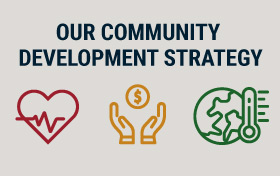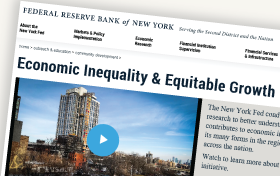
The Federal Reserve (Fed) implements monetary policy in a regime of ample reserves, where short-term interest rates are controlled mainly through the setting of administered rates, and active management of the reserve supply is not required. In yesterday’s post, we proposed a methodology to evaluate the ampleness of reserves in real time based on the slope of the reserve demand curve—the elasticity of the federal (fed) funds rate to reserve shocks. In this post, we propose a suite of complementary indicators of reserve ampleness that, jointly with our elasticity measure, can help policymakers ensure that reserves remain ample as the Fed shrinks its balance sheet.























 RSS Feed
RSS Feed Follow Liberty Street Economics
Follow Liberty Street Economics